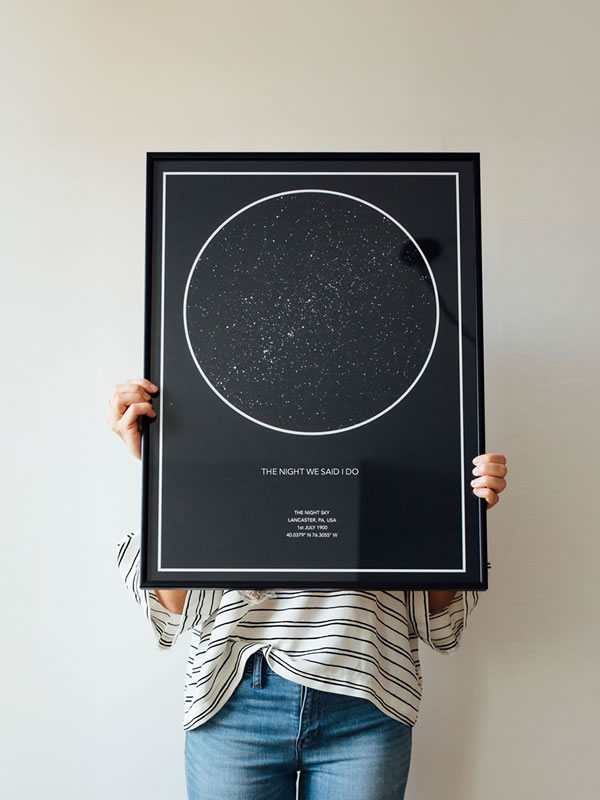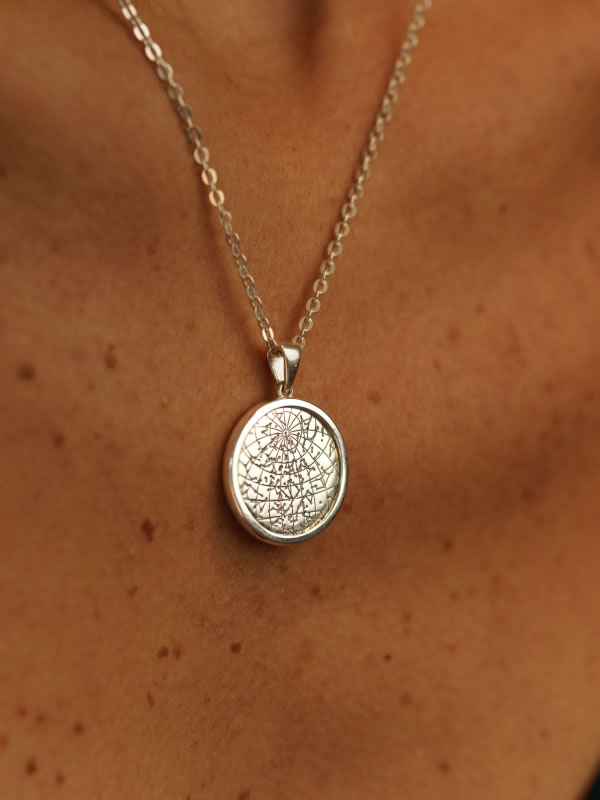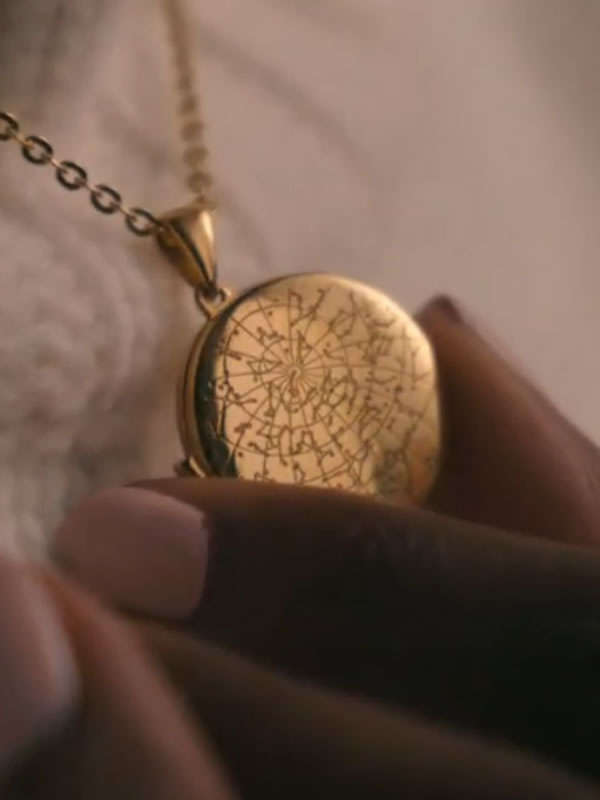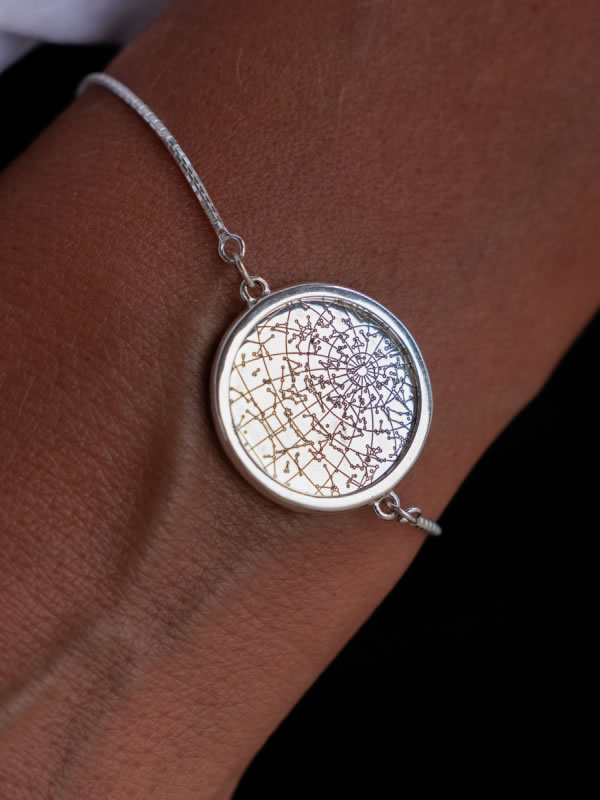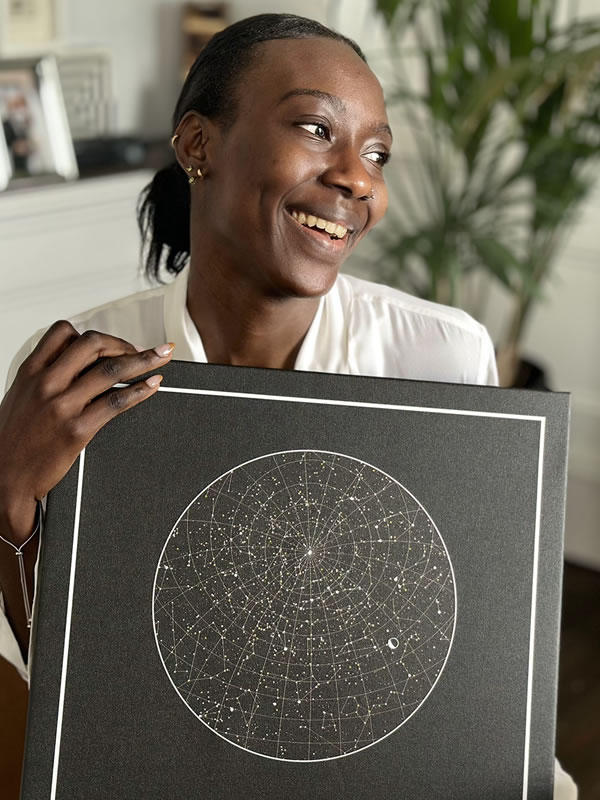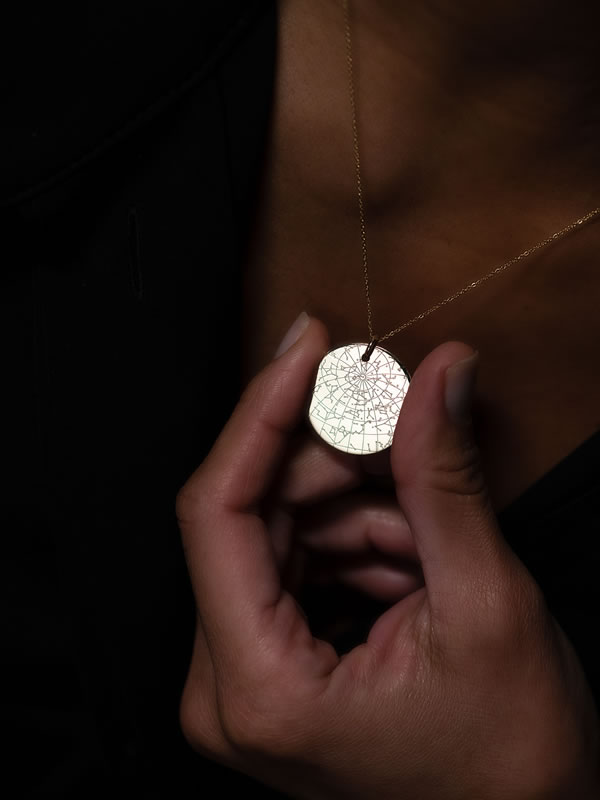What is the 13 th Star Sign?
The zodiac is one of the most well-known facets of astrology. It is 12 constellations (and star signs) which the sun appears to pass through (the ecliptic path), and which divides the sky into 12 equal sections. These constellations are used in astrology and horoscopes to help predict future outcomes and interpret human behavior and traits of personality. These star signs, which we have all heard of and are familiar with, are Airies, Taurus, Gemini, Cancer, Leo, Virgo, Libra, Scorpio, Sagittarius, Capricorn, Aquarius and Pisces.
However, there is another star sign, a 13th star sign, which far fewer people have heard and know of, and one that was discarded many, many years ago. The constellation Ophiuchus crosses the ecliptic between November 29 and December 17, sandwiched between Scorpio and Sagittarius. Known as the ‘Serpent Bearer’, debate has raged within the astrological community over whether Ophiuchus should be added to the zodiac.
It was Babylonians scholars who developed the first zodiac system, approximately 3,000 years ago. They divided the sky into 12 equal parts, which fitted in nicely with its 12-month calendar system.
While this still forms the basis of the zodiac which we know today, it is worth noting that the position of the stars which the ancient Babylonians documented has changed over the many centuries, due to the wobble of the earth’s axis and the movement of the solar system and stars.
While the Babylonians recognised Ophiuchus as a constellation, several factors are believed to have led it being omitted from the zodiac. Ophiuchus only partially crosses the ecliptic, in contrast to the other zodiac constellations, which are pretty much entirely contained in the ecliptic. Adding this constellation to the zodiac would also disrupt the equal division of the ecliptic into 12 equal parts of 30 degrees.
The number 12 also held special importance and symbolic significance in many ancient civilisations. Apart from the 12 lunar months which aligned to the zodiac calendar, the number represents a full circle, as well as the separation of day and night into 12 hours.
Over millennia, the 12-sign system has become entrenched in western philosophy. Introducing Ophiuchus as a thirteenth star sign would tear up this system as we know it, effecting astrological interpretations and practices which have been in use for thousands of years.
But the argument to include the thirteenth star sign is equally compelling. The ecliptic does indeed pass through the Ophiuchus constellation, and it can be argued that the Babylonians’ decision to ditch it for their simplified 12-sign system was at the expense of astronomical accuracy. Welcoming Ophiuchus back into the zodiac fold would mark a return to the original astronomical observations. It would create a more complete astrological picture and be a step towards a more accurate system.
The argument over whether to stick with the original calendar, drawn up approximately 3,000 years ago, or to include Ophiuchus into the zodiac, is one that is sure to continue within the astrological community for a long time to come.
Made From the Finest Materials
A Night Sky is designed to last generations.

